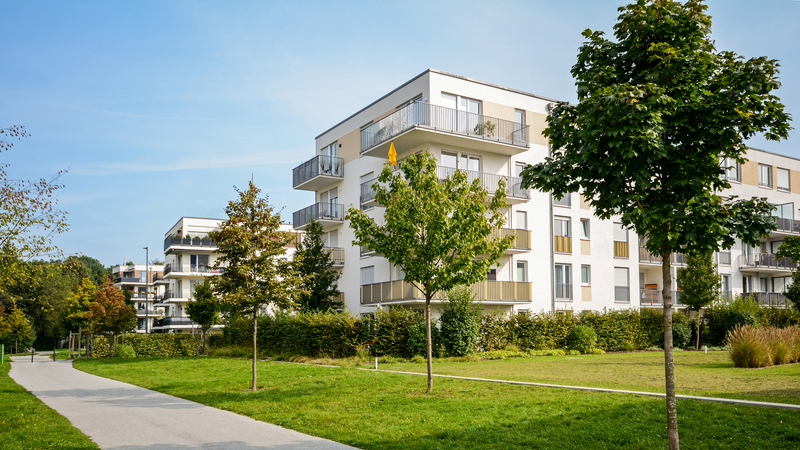Ahead of World Environment Day on 5 June, Elaine Toogood discusses why the built environment must get serious about the biodiversity impact of construction materials.

“Solve the climate crisis first and then get round to nature.” While not many people say that publicly, the exclusive focus on carbon in many boardrooms and development projects has for a long time effectively separated how we think about climate and nature.
However, this view is changing. The introduction of biodiversity net gain rules earlier this year, which require developers to deliver at least a 10% improvement in biodiversity to create a larger or better-quality natural habitat than was previously on site, has been a catalyst for change.
In parallel, a changing climate means our cities and towns must deal with extreme heat and flooding, requiring projects to deliver greater resilience.
This is leading to more clients seeking to embed nature-based solutions within their projects. Equally, these biodiversity considerations are not limited simply to integrating nature into the built environment. Our industry is one of many that needs to recognise the importance of the impacts on nature during the manufacture of materials.
Embodied biodiversity is a new and evolving area of consideration for material selection across construction and development.
A 2023 report by Expedition Engineering and the Institution of Civil Engineers (ICE) defines embodied biodiversity impacts as “the impacts on biodiversity as a result of all of the processes that take place throughout a material’s lifecycle, which are not covered by other metrics such as biodiversity net gain”.
Beyond net gain
In other words, the concept of measuring embodied carbon goes beyond how the material is used and includes how it is sourced, produced, manufactured and transported.
While there is not yet an agreed measurement and reporting tool for embodied biodiversity, the ICE report sets out a framework for assessment based on four of the five United Nations pressures on biodiversity – land use change, species exploitation, pollution and invasive species.
Embodied biodiversity is not a policy in the UK yet. But as more projects rightly consider joint climate and nature disclosure and reporting, going beyond biodiversity net gain will require a greater understanding of embodied biodiversity and where materials come from, as well as their suitability to deliver in-use resilience and carbon reduction.
It will require consultants, contractors and clients to ask more questions and have a greater understanding of sourcing products responsibly and ethically in line with leading national and international standards. Additionally, materials providers are likely to need to provide biodiversity data in the same way that they supply carbon metrics.
Elaine Toogood is director of sustainable design and architecture at The Concrete Centre.











